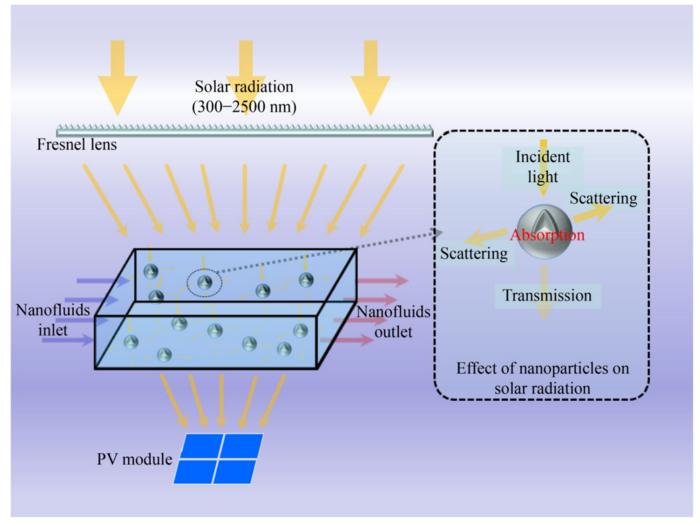New Study Reveals Connection Between Mammal Lifespans, Brain Size, and Immune System Function
Why do cats often outlive dogs? A groundbreaking study has begun to unravel this mystery, providing compelling genetic evidence that the lifespans of mammals such as cats are closely associated with brain size and the complexity of their immune systems. Rather than merely ecological or environmental factors, it appears that underlying genomic expansions—particularly in gene […]


Why do cats often outlive dogs? A groundbreaking study has begun to unravel this mystery, providing compelling genetic evidence that the lifespans of mammals such as cats are closely associated with brain size and the complexity of their immune systems. Rather than merely ecological or environmental factors, it appears that underlying genomic expansions—particularly in gene families linked to immune function—play a pivotal role in dictating how long mammals can live.
An international consortium of evolutionary biologists, led by the University of Bath, embarked on an ambitious comparative genomics project to explore lifespan variation across mammals. Their research focused on analyzing the maximum lifespan potential (MLSP)—the record age attained by individuals of a species under ideal conditions—across 46 diverse mammalian species. By mapping shared genes and their expansions, they sought to identify broad genetic patterns that might account for extended longevity.
Key findings from this analysis, published recently in Scientific Reports, show a robust association between the size of gene families related to immune defenses and an organism’s maximum lifespan. Longer-lived species tend to harbor larger families of immune-linked genes, indicating that evolutionary processes have favored amplification of these genomic regions to enhance survival mechanisms, possibly through improved defenses against age-related diseases such as infections and cancer.
A striking example exists in aquatic mammals, such as dolphins and whales, which possess relatively large brains and at the same time exhibit some of the longest lifespans observed in mammals—up to 39 years for dolphins and over a century for certain whale species. In stark contrast, smaller-brained rodents like mice typically live only a few years. This pattern reinforces the connection between cognitive capacity and longevity, yet the study points out that brain size alone does not fully explain lifespan disparity.
Indeed, exceptions such as mole rats and bats challenge a simplistic brain-centric explanation. Despite smaller brain sizes, these animals live significantly longer than expected, with mole rats reaching close to two decades and some bat species showing extended lifespans relative to their size. Genetic scrutiny of these outliers reveals that their genomes also contain expanded immune-related gene families, suggesting that immune system robustness can compensate for smaller brain size in the evolutionary calculus of lifespan.
The study further posits that these immune-related gene expansions may underpin mechanisms vital for longevity. Enhanced immune system resilience likely facilitates the clearance of cellular damage accumulated during aging, suppresses chronic infections, and prevents tumor development—factors that collectively slow down the biological decline that leads to death.
Perhaps the most intriguing aspect of this research lies in its focus on genomic architecture beyond the influence of single gene mutations. Rather than isolated point mutations or small-scale genetic changes, the broad expansion and duplication of entire gene families seem to be central evolutionary strategies enabling increased lifespan. This represents a paradigm shift toward viewing longevity as an emergent property arising from large-scale genomic modulation.
Dr. Benjamin Padilla-Morales, first author and a researcher at the Milner Centre for Evolution at the University of Bath, emphasizes that this research highlights a sophisticated evolutionary synergy. He notes, “Relative brain size and longevity have shared evolutionary trajectories, but our work reveals that immune gene family expansions have evolved in parallel, underscoring a dual role of cognition and immune resilience in shaping mammalian lifespan.”
This dualism suggests that evolutionary pressures did not merely select for longevity through behavioral or ecological advantages brought by a larger brain; they simultaneously sculpted genetic architectures that enhance immune maintenance functions. Such genomic expansions in gene families associated with survival and cellular repair presumably provide a molecular substrate fostering extended lifespans.
Moving forward, the researchers intend to delve deeper into the genetic determinants of lifespan by focusing on cancer-related gene families highlighted in their analysis. Cancer, being a major cause of mortality in aging mammals, could be intimately linked to these immune system expansions, potentially elucidating why some species display remarkable cancer resistance alongside longevity.
This integrative approach, combining comparative genomics with lifespan biology, lays the groundwork for a new understanding of aging as a multifaceted genetic phenomenon shaped by evolutionary forces at the scale of entire gene families. It opens avenues for exploring how these findings might inspire biomedical innovations aiming to enhance human healthspan by mimicking natural evolutionary strategies.
As genome sequencing technologies continue to evolve and more species are analyzed with greater resolution, researchers expect to unveil even more nuanced genetic networks underlying longevity. This will not only deepen our knowledge of mammalian biology but also inform conservation efforts for long-lived endangered species by emphasizing genetic health and immune system robustness.
In conclusion, this study provides a compelling genetic framework for explaining why some mammals, including familiar companions like cats, consistently outlive others such as dogs. Brain size and immune system gene family expansions emerge as intertwined pillars supporting increased lifespan across mammalian evolution, transcending simplistic explanations focused solely on external environmental pressures.
Such revelations enrich the broader discourse on aging and longevity, highlighting the intricate dance between neural complexity and immune function in evolutionary biology. They affirm that longevity is no mere accident of habitat or chance but a finely tuned genomic symphony orchestrated over millions of years of natural selection.
Subject of Research: Not applicable
Article Title: Maximum lifespan and brain size in mammals are associated with gene family size expansion related to immune system functions
News Publication Date: 29-Apr-2025
Web References: https://www.nature.com/articles/s41598-025-98786-3
References:
Padilla-Morales, B., et al. (2025). Maximum lifespan and brain size in mammals are associated with gene family size expansion related to immune system functions. Scientific Reports. DOI: 10.1038/s41598-025-98786-3
Keywords: Evolutionary genetics, Evolution, Evolutionary biology, Genetics, Genomics, Comparative genomics
Tags: age-related disease defenses in mammalsbrain size and longevitycomparative genomics of mammalsevolutionary biology and lifespangene families related to immunitygenomic expansions and survivalimmune system function in mammalsinternational research on mammalian longevitylifespan variation across specieslongevity in cats vs dogsmammal lifespan geneticsmaximum lifespan potential study
What's Your Reaction?

































